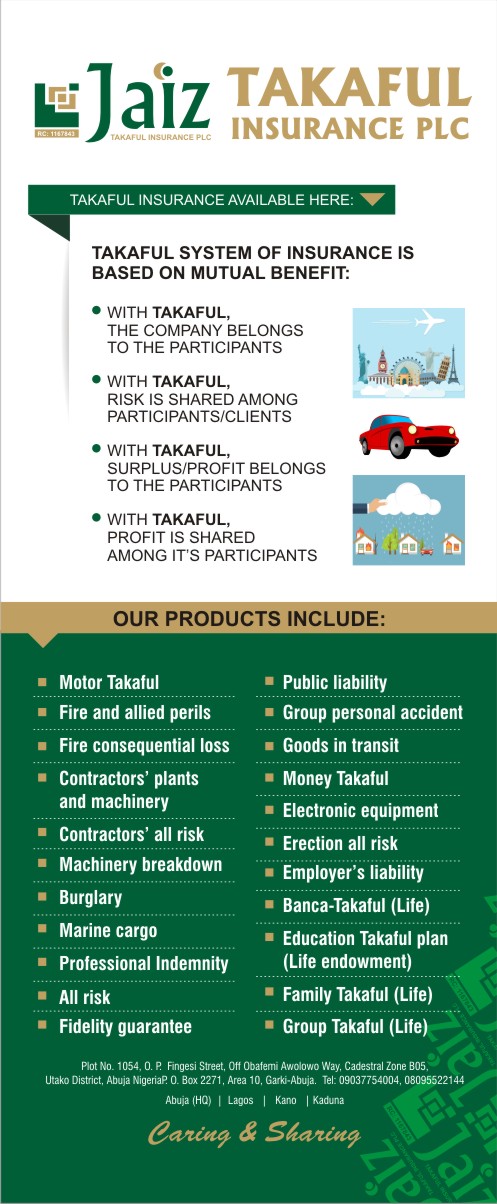
WHO raises concern on global surge, vaccines’ absence in Africa
The Nigeria Centre for Disease Control (NCDC), yesterday, confirmed 16 new positive cases of monkepox from 12 states. According to the latest update, Rivers has three infections, Anambra (two); Oyo (two); Taraba (one); Lagos (one); Imo (one); Edo (one); Gombe (one); Delta (one); Bayelsa (one); Akwa Ibom (one) and Bauchi (one).
The epidemiological summary shows that there were 37 new suspected cases reported in Epi Week 28 (July 11 to 17, 2022) from 21 states – Plateau (four); Taraba (three); Rivers (three); Oyo (three); Imo (three); Anambra (three); Ondo (two); Lagos (two); Kwara (two); Ogun (one); Kano (one) and Katsina (one).
Others are: FCT (one); Enugu (one); Gombe (one); Bayelsa (one); Delta (one); Edo (one); Nasarawa (one); Bauchi (one) and Akwa Ibom (one).
The centre observed: “From January 1 to July 17, 2022, there have now been 338 suspected cases and 117 confirmed cases (80 males, 37 females) from 25 states –Lagos (15); Adamawa (11); Delta (10); Rivers (nine); Edo (eight); Bayelsa (eight); Nasarawa (seven); Plateau (six); FCT (five); Ondo (five); Anambra (four); Cross River (three); Kwara (three); Borno (three); Taraba (three); Oyo (three); Imo (three); Kano (two); Katsina (two); Gombe (two); Niger (one); Ogun (one); Kogi (one); Bauchi (one) and Akwa Ibom (one).”
NCDC said three deaths were recorded in Delta Lagos and Ondo states. Overall, since the re-emergence of the disease in September up to July 17, 2022, 850 suspected cases have been reported from 35 states.
Of the total, there have been 343 (40.4 per cent) confirmed infections (228 males, 115 females) from 30 states – Rivers (61); Bayelsa (51); Lagos (45); Delta (39); Edo (18); Cross River (17); FCT (11); Adamawa (11); Imo (11); Nasarawa (nine); Oyo (nine); Plateau (nine); Akwa Ibom (eight); Anambra (six) and Ondo (five).
The rest are: Enugu (four); Abia (three); Kwara (three); Borno (three); Taraba (three); Benue (two); Ekiti (two); Kano (two); Niger (two); Ogun (two); Katsina (two); Gombe (two); Ebonyi (one); Kogi (one) and Bauchi (one).
In addition, from September 2017 to July 17, 2022, a total of 11 deaths had been recorded (Case Fatality Ratio/CFR= 3.2 per cent) in eight states – Lagos (three); Edo (two); Imo (one); Cross River (one); FCT (one); Rivers (one); Ondo (one) and Delta (one).
The disease centre said ongoing efforts to strengthen surveillance at national and sub-national levels, increased awareness and investments in Risk Communication and Community Engagement (RCCE) have contributed in part or whole to the observed surge in cases.
Also, the outbreak has been declared a public health emergency of international concern (PHEIC) by WHO – the strongest call to action the agency can make. It is the seventh time such a declaration had been made since 2009, the most recent being for COVID-19, which was labelled same in 2020.
PHEIC is defined by WHO’s international health regulations as “an extraordinary event which is determined to constitute a public health risk to other states through the international spread of disease and to potentially require a coordinated international response.”
Director General, WHO, Dr. Tedros Adhanom Ghebreyesus, spoke after a press conference to review the latest data, where he stated that they were unable to reach a consensus.
Globally, there have so far been 16,016 monkeypox cases – 4,132 of which were in the past week, according to WHO data. It is now in 75 countries and territories, with five deaths.
The European region has the highest number of infections at 11,865 and the maximum increase in the last seven days, with 2,705.
WHO Country Representative in Nigeria, Dr. Walter Mulombo, had said: “What is important is to avert any potential inequitable access to vaccines experienced by African countries, including Nigeria in the early stages of a pandemic.
“There’s a need for us all to have one coordinated response to monkeypox locally
Source: Guardian.ng







